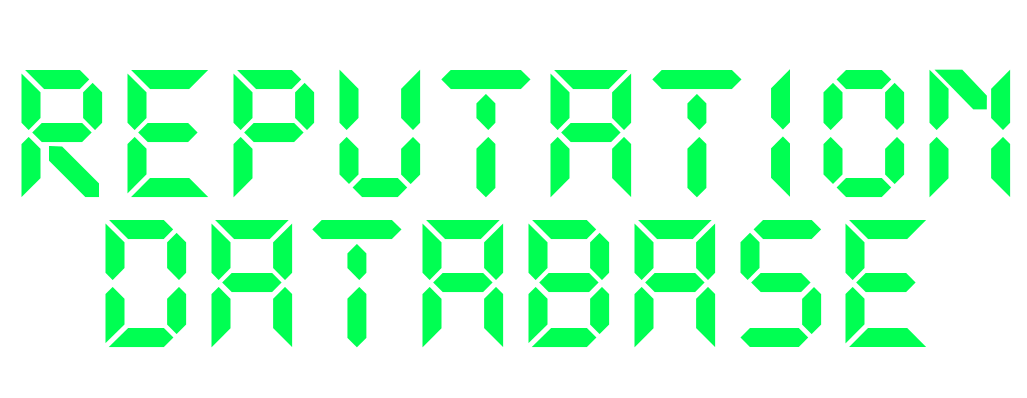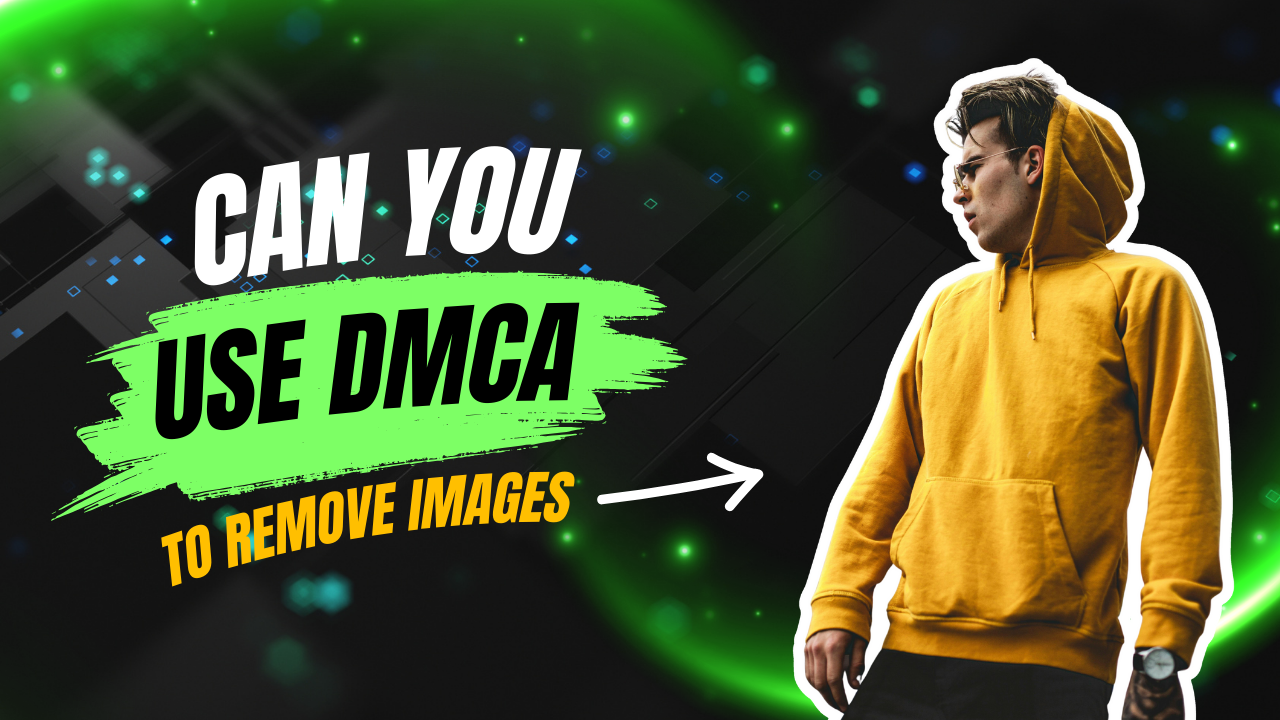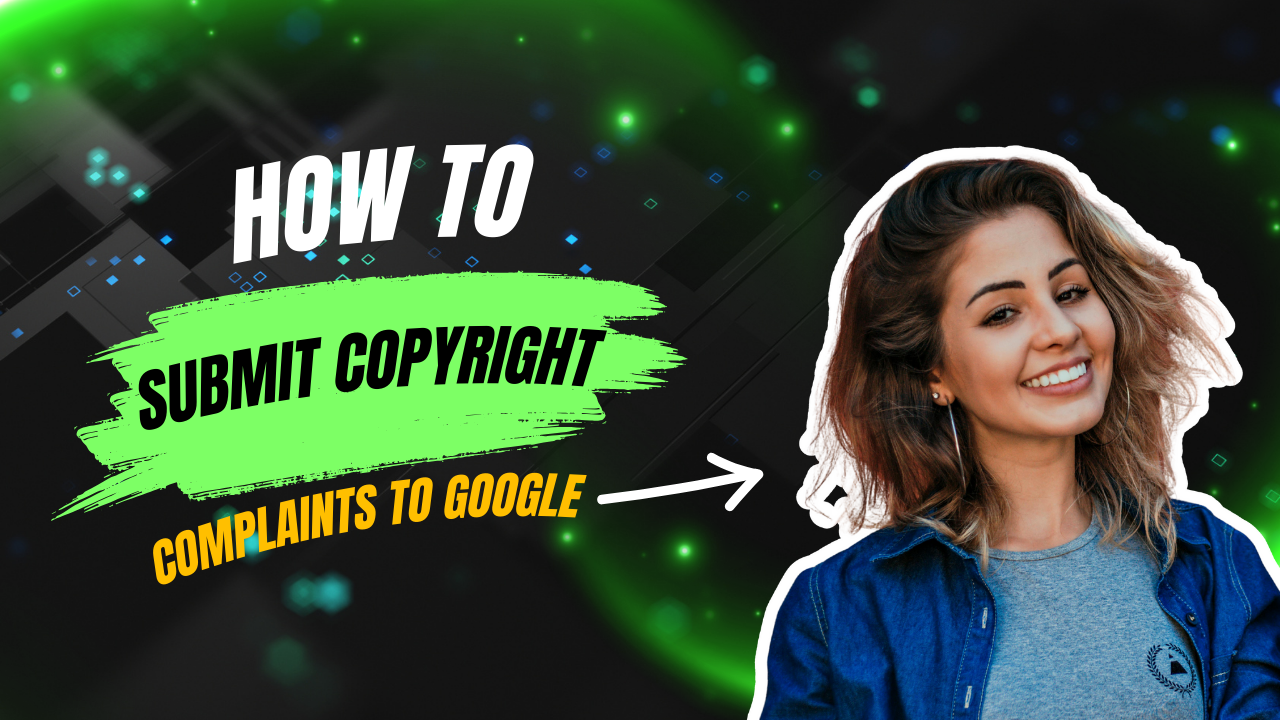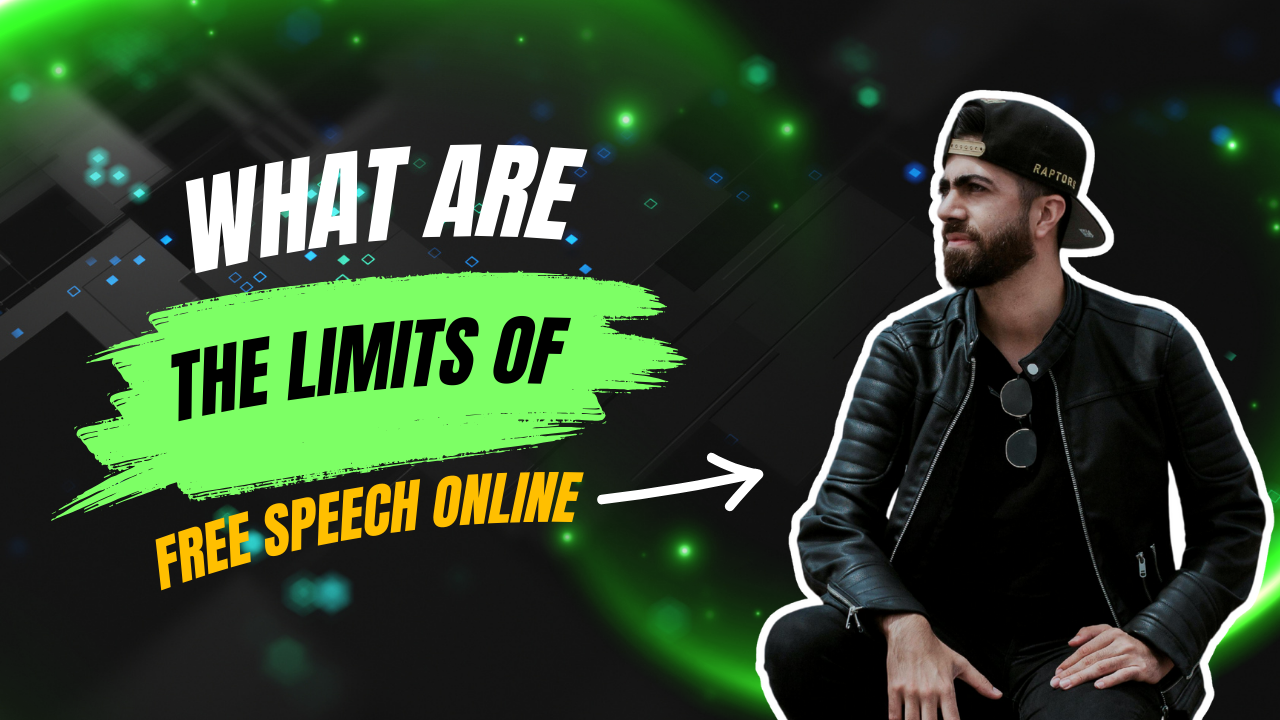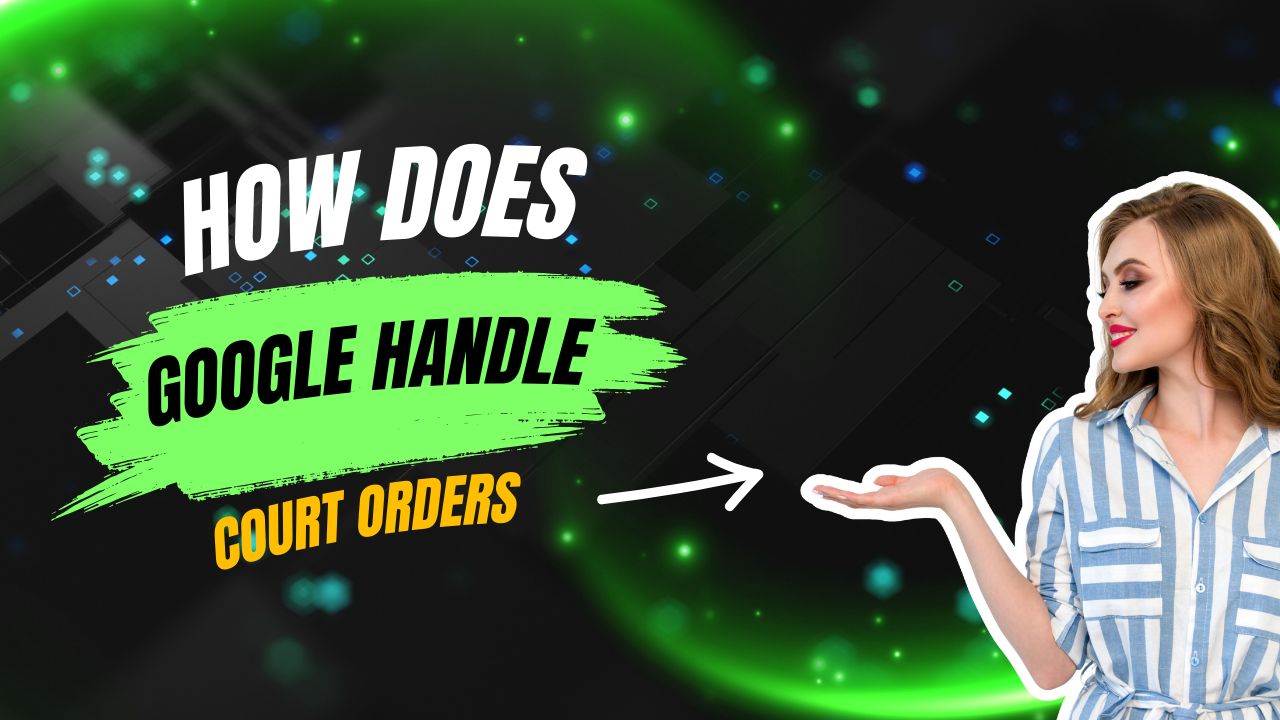The Short Answer
Yes, you can file a DMCA takedown request to remove copyrighted images from Google Search. If someone has published your photos, artwork, product shots, or any other image you own the rights to—without permission—Google provides a formal process to have those links removed.
This guide explains how it works, what qualifies, and how to submit a successful DMCA image takedown.
More DB Insights: How to Remove Google Search Results
What Is a DMCA Takedown?
The Digital Millennium Copyright Act (DMCA) allows content owners to request removal of copyrighted material posted online without consent. When applied to images, it gives creators a legal path to:
- Remove unauthorized uses of their photos
- Stop competitors from misusing branded visuals
- Take down AI-generated copies of original images
- Prevent reposting of personal or professional work without attribution
What Kinds of Images Qualify?
To file a DMCA request for an image, you must own the original rights to it. Eligible image types include:
- Professional photos (wedding, brand, headshots, real estate, etc.)
- Product images from your ecommerce site
- Marketing or ad creatives
- Screenshots of original UI, videos, or slides
- Personal photos used without consent
Not eligible:
- Stock images you licensed (you don’t own them)
- Images that fall under “fair use” (depends on the context)
- Anything you didn’t create or commission
Step-by-Step: How to File a DMCA Takedown for an Image
Step 1: Find the Image in Google Search
Search for your name, brand, or keywords in Google Images. Identify URLs that display your copyrighted image.
Note: Google doesn’t host the images itself. It indexes them. So removal only affects Google Search visibility, not the original website unless you contact them directly.
Step 2: Go to Google’s Legal Removal Request Form
Visit: Google Legal Help – Submit a copyright complaint
Select:
“I have a legal issue that is not mentioned above”
→ “I would like to request the removal of content for legal reasons”
→ “I want to report content that violates my copyright”
Step 3: Fill Out the DMCA Form
Provide:
- Your full legal name and contact details
- A description of the image and how you own the rights
- URLs to where the image appears in Google Search (or Google Images)
- A sworn statement under penalty of perjury that your claim is valid
Optional but helpful:
- Link to where the image was first published (e.g. your website)
- Screenshots comparing the original and infringing use
- Watermark or EXIF data if applicable
Step 4: Submit and Wait
Google typically responds within 2 to 10 business days. If approved, the search result will be removed and a notice may appear in the search result footer via LumenDatabase.org.
What If the Image Is Still Live on the Site?
Google only removes links from search results. The image will still appear on the original website unless you contact the site owner or web host.
Use a WHOIS lookup or visit the site’s “Contact Us” page to request removal. If they ignore you, escalate with a DMCA notice to the hosting provider.
What If Google Denies Your Request?
Here’s what to check:
- Did you prove image ownership?
- Is the image actually yours and not public domain or stock?
- Did the other use count as fair use (e.g. commentary, parody, education)?
If denied unfairly, you can resubmit with better documentation, or explore legal action depending on the harm caused.
Need Help Filing a DMCA for Images?
If your personal or professional images are being used without your permission—and they show up on Google—our team at ReputationDB can help you file a strong, fast-track DMCA claim.
We’ve helped clients remove:
- Stolen product photos from shady ecommerce sites
- Personal images used in harassment campaigns
- Unauthorized reposts of LinkedIn and portfolio visuals
- Private client photos appearing in Google Images
Get a Free Quote or contact us today to protect your image rights and clean up your search presence.
